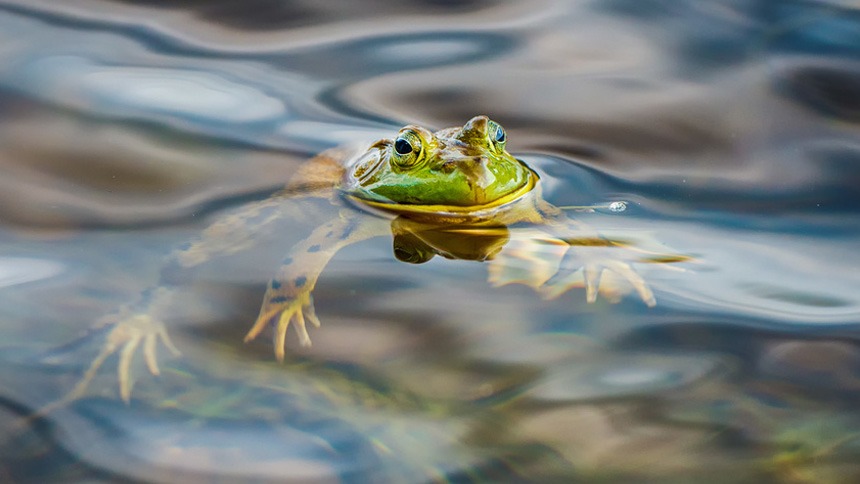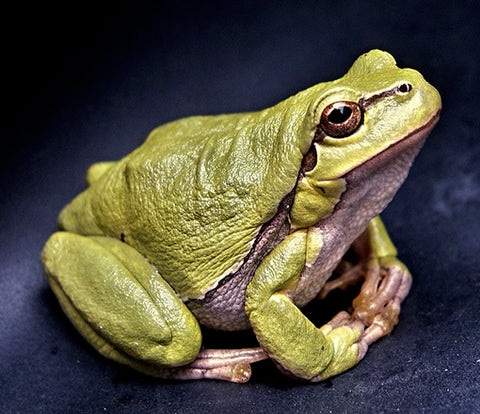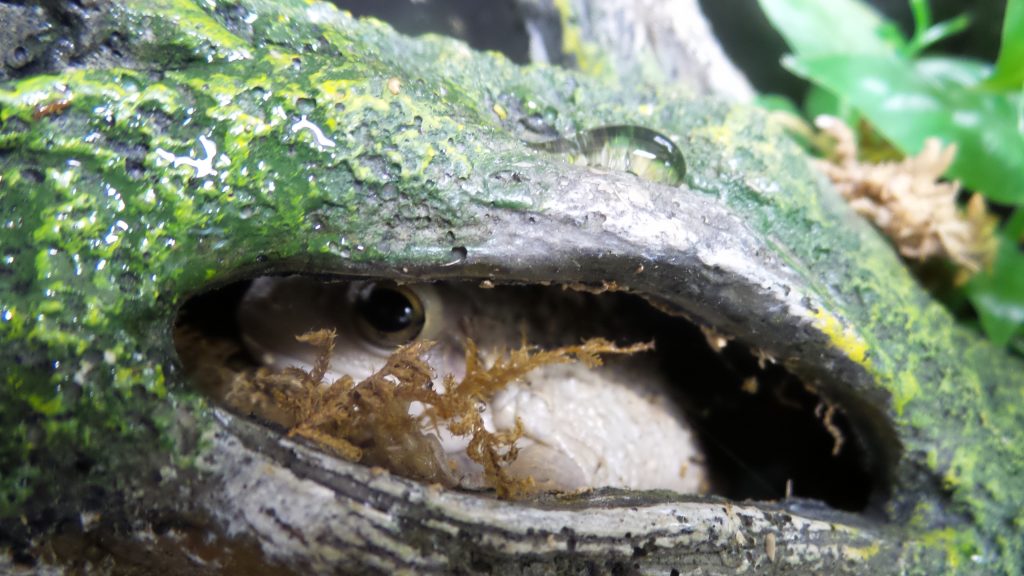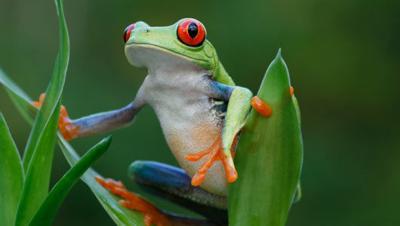Dechlorinated Water For Frogs

Reverse osmosis or distilled water should never be used in water bowls alone.
Dechlorinated water for frogs. No don t ever use a fish dechlorinator for frogs. For african dwarf frogs the sweet spot is right around 78 degrees fahrenheit. There are commercial chlorine removers that you can use to dechlorinate your water. You can dechlorinate water quickly by boiling it for 20 minutes.
Water bowls often become latrines for amphibians and are often very dirty even when they appear clean. If you have well water there s no need to do that. To make water safe for fish or amphibians you need to either remove the contaminants from tap water or use a different source of water. Just make sure to let it cool off before putting it outside the toads.
Bottled water is the best and safest method but tap water that has been left for 24 48 hours will be safe as the chlorine will evaporate. You could also store the water in a container outside for a few days to allow the chlorine to dissipate naturally and then add it to your pond. Distilled water is not as dangerous for arboreal or terrestrial frogs as it is for aquatic frogs. African dwarf frogs aquatic spend all their time in water whereas tree frogs do not.
Dechlorinated tap water may be an option. Yes if you have chlorinated water it s best to dechlorinate the water. Most of the time it shouldn t make a difference but some brands of fish dechlorinators contain a chemical that while beneficial to fish will make it difficult for frogs to shed. If you use these make sure you follow the label instructions.
Use a dechlorinator to remove any chlorine or chloramine from the water both of which are harmful to frogs. If don t have a dechlorinator and you know for sure that your water only has chlorine and not chloramine you can let your tank sit undisturbed for 48 hours to let the chlorine evaporate before adding your frogs. As for african clawed frogs they prefer the water temperature around 72 degrees. Get a sandwich bag or a plastic container and fill it with the water your frog is currently in.
You can dechlorinate your water or you can use a different source. If you re trying to dechlorinate pond water use a spraying device like a spraying nozzle connected to a hose to add air into the water as it enters the pond. Even better reverse osmosis or distilled water reconstituted with r o rx ensures the amphibians have access to clean remineralized water. An aquatic frog living in distilled water is in more danger than a tree frog who occasionally soaks in the water.
Chlorine is volatile and will naturally dissipate in open ponds but aeration will speed up the process considerably. As such change the water in a water bowl daily.














































